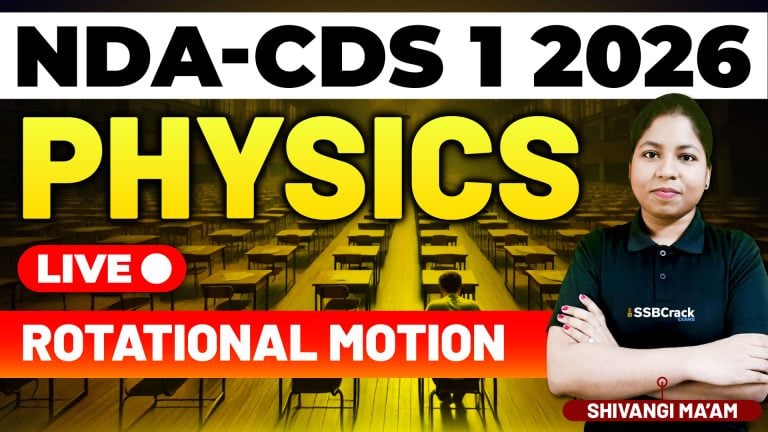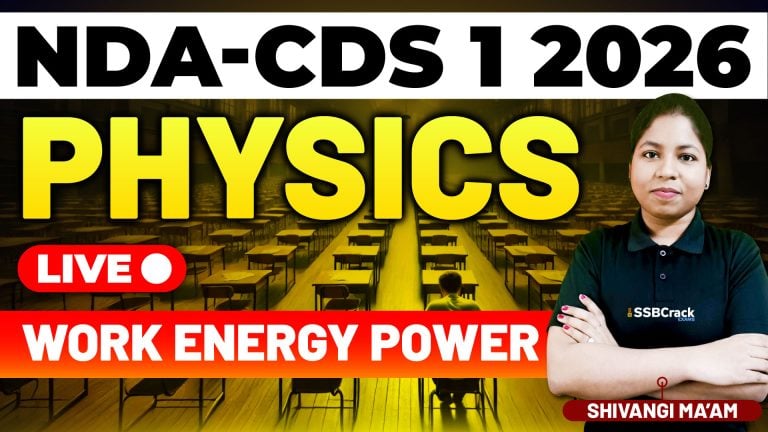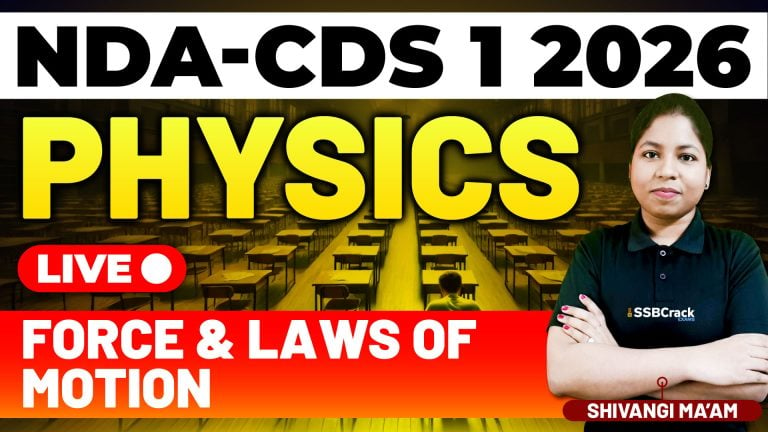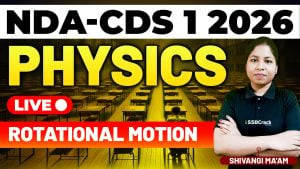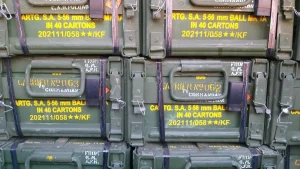Inequalities form a crucial part of the National Defence Academy and Naval Academy (NDA-NA) Exam – Paper I in Mathematics. A recent class on this topic focused on multiple-choice questions (MCQs), providing practical insights into the type of inequality problems that appear in the exam and how to tackle them effectively. This blog will cover the key points discussed in the class, strategies for mastering inequalities, and practical tips to help you ace this section of the NDA-NA exam.
Key Takeaways from the Class on Inequalities
The class primarily revolved around solving MCQs based on inequalities, which is a common format in the NDA-NA exam. The instructor emphasized the following core aspects:
Understanding Inequalities
Inequalities are expressions that compare two values, showing that one is either greater than, less than, or equal to the other. The class began by ensuring that students had a firm grasp of the different types of inequalities and their properties. Understanding the basics of inequalities is crucial for answering MCQs correctly and avoiding confusion.
Types of Inequalities Covered
- Linear Inequalities: Problems where the variable is raised to the first power, and students need to find the range of values that satisfy the inequality.
- Quadratic Inequalities: More complex, these involve second-degree expressions. The focus here was on understanding how to determine the sign of the inequality and apply it across different intervals.
- Compound Inequalities: The session also discussed problems that involve two or more inequalities combined with “and” or “or” conditions, where students need to find the intersection or union of solution sets.
Common MCQ Structures
Several types of MCQs were discussed in the class:
- Direct Inequality Solving: Students were presented with an inequality and asked to find the correct solution set.
- Graphical Interpretation: Some questions involved graphing inequalities on a number line or coordinate plane and identifying the correct region that satisfied the inequality.
- Properties-Based Questions: A few MCQs tested students on their knowledge of the basic properties of inequalities, such as how they behave when multiplied or divided by negative numbers.
Strategies for Preparing Inequalities for the NDA-NA Exam
Given the importance of inequalities in the NDA-NA exam, a well-rounded preparation strategy is essential. The following tips, drawn from the class discussion, can help you focus on the most effective ways to study and prepare.
1. Understand the Properties Thoroughly
- A solid understanding of the basic properties of inequalities is a must. This includes knowing how inequalities change when you add, subtract, multiply, or divide both sides by a number. The class emphasized practicing these operations and recognizing when the inequality sign needs to be flipped (such as when multiplying by a negative number).
2. Master the Concept of Solution Sets
- Inequality MCQs often require finding the solution set, which represents the range of values that satisfy the inequality. The solution set can be expressed in interval notation, set notation, or graphically. Practicing this concept regularly helps you quickly recognize the correct answer in MCQs.
3. Practice Graphical Representation
- Visualizing inequalities on a graph can simplify complex problems. For one-variable inequalities, this usually involves plotting on a number line and shading the region where the inequality holds true. For two-variable inequalities, students must learn to shade regions on the coordinate plane. The class highlighted the importance of recognizing whether a boundary point should be included or excluded (closed vs. open intervals).
4. Time Management
- Since the NDA-NA exam is time-limited, one of the key strategies discussed was efficient time management. Students should aim to solve simple inequality problems within 30-40 seconds, leaving more time for tougher questions. Quick recognition of common patterns and shortcuts can greatly enhance speed during the exam.
5. Work on Elimination Techniques
- MCQs often provide multiple options, some of which can be quickly eliminated if you understand the basic properties of inequalities. For instance, if an answer option suggests that an inequality holds for negative numbers when it should not, you can instantly discard it. Learning to use elimination effectively helps in narrowing down choices and answering questions faster.
6. Revise Interval Notation and Set Operations
- Many inequality problems involve multiple intervals, especially in compound inequalities. Being fluent in reading and interpreting interval notation will help you identify the correct answer more quickly. Practice combining intervals and understanding the “and” and “or” conditions that define the final solution.
7. Focus on Word Problems
- While the class focused more on direct MCQs, word problems that involve inequalities are common in the NDA-NA exam. These problems require translating a written statement into an inequality and then solving it. A good strategy is to break the problem down into smaller steps: first, understand the relationship described, form the inequality, and finally solve it using the methods practiced.
8. Take Mock Tests and Analyze Mistakes
- Taking mock tests simulates the actual exam environment and helps improve both speed and accuracy. After each test, it’s essential to review your mistakes and understand where you went wrong—whether it was a conceptual error, a calculation mistake, or a misunderstanding of the problem. Continuous refinement of these weak areas will build confidence.
Common Mistakes to Avoid
The class discussion also covered some common pitfalls students face when tackling inequality-based MCQs. Here are a few mistakes to watch out for:
1. Flipping the Inequality Sign Incorrectly
- Many students forget to flip the inequality sign when multiplying or dividing both sides by a negative number. This is a common source of errors and should be kept in mind while solving any inequality problem.
2. Misinterpreting Compound Inequalities
- Compound inequalities can be tricky because they involve solving two or more inequalities at once. Some students mistakenly treat “and” conditions as “or” or vice versa. Understanding the difference between these terms and how they affect the solution set is vital for accuracy.
3. Ignoring Boundary Values
- Another frequent mistake is misjudging whether boundary values are included in the solution set. If the inequality uses a “less than” or “greater than” symbol, the boundary is excluded, whereas “less than or equal to” and “greater than or equal to” include the boundary. Be sure to pay attention to this detail when answering MCQs.
4. Overlooking Graphical Clues
- For MCQs that involve graphing, students sometimes overlook clues in the question or the graph that could lead them to the correct solution more quickly. Practicing graph-based inequality problems helps sharpen these skills and avoid such oversights.
Conclusion
Inequalities are a critical topic for the NDA-NA exam, and mastering this area can significantly boost your overall score in Paper I – Maths. The class on MCQs based on inequalities offered invaluable insights into how to approach this topic efficiently, with a focus on time management, elimination techniques, and understanding the properties of inequalities.
By focusing on practicing MCQs, refining your problem-solving speed, and avoiding common mistakes, you can confidently tackle inequality questions in the NDA-NA exam. Keep revising the basic concepts, practice with mock tests, and focus on graphical representation to strengthen your understanding. With consistent effort, inequalities can become one of the most manageable sections of the exam.



